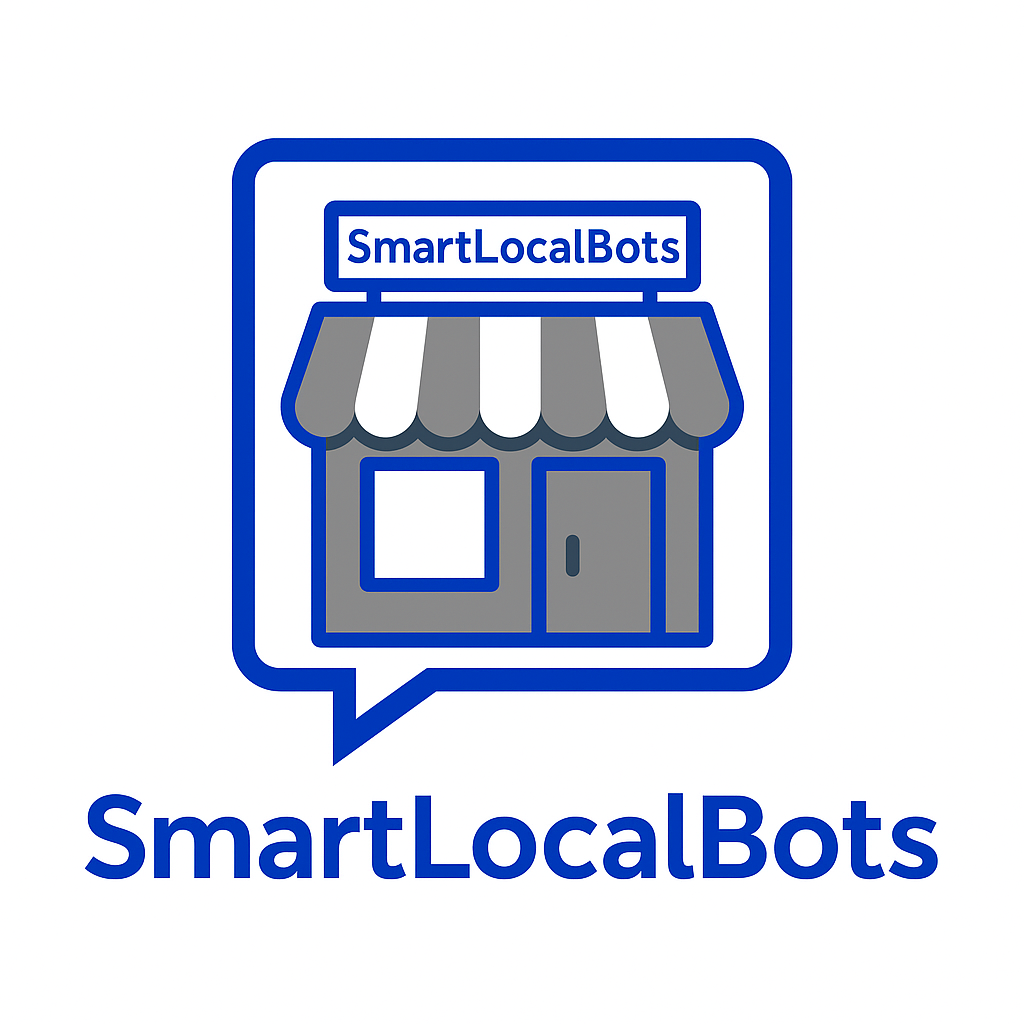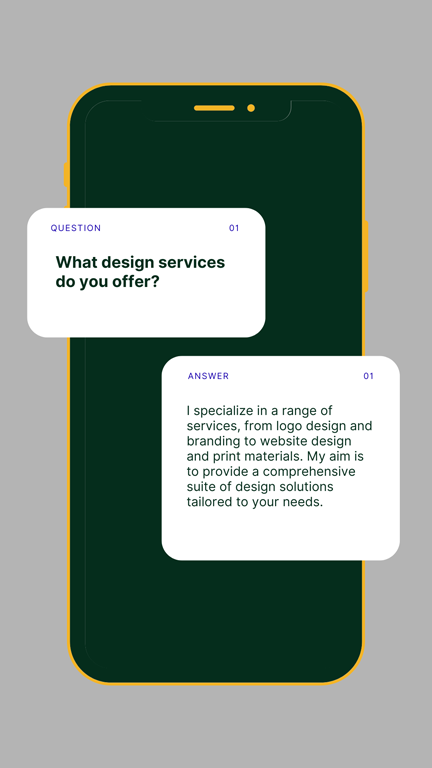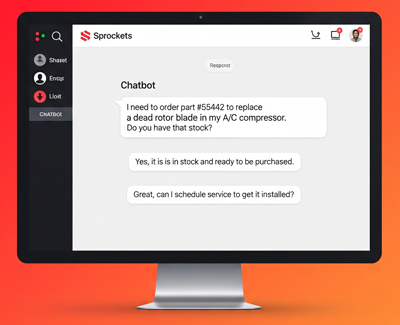What Customers Expect in 2025 and How Chatbots Deliver
Customer service expectations continue to evolve rapidly. Research shows 80% of customer service organizations will use generative AI to enhance agent productivity and overall customer experience by 2025 [22]. These shifting expectations are reshaping how small businesses must approach customer engagement.
Instant answers and self-service options
First of all, today’s customers demand immediate solutions: ”51% of consumers prefer interacting with bots over humans when seeking immediate assistance [23]. This preference for self-service is especially pronounced among younger generations, with studies showing Gen-Z and millennial users prefer to diagnose and fix problems independently [24]. AI-powered chatbots are meeting this demand by handling up to 80% of routine tasks and customer inquiries [23], freeing human agents to tackle complex issues.
Personalized experiences across devices
Beyond that, personalization has become non-negotiable. By connecting to backend systems, AI chatbots can access purchase history, preferences, and account details to tailor their responses [25]. The impact is substantial: 70% of CX leaders believe chatbots are becoming skilled architects of highly personalized customer journeys [26]. This personalization extends across all customer touchpoints, creating consistent experiences whether customers engage via websites, social media, mobile apps, or in-store shopping [1].
Multilingual and mobile-friendly support
Looking toward 2025, language barriers will no longer limit customer service quality. Advanced chatbots are developing improved language skills through NLP and machine translations, enabling interactions in multiple languages [27]. Some solutions already support over 50 languages including mixed variations like Hinglish and Spanglish [3], making them invaluable for small businesses serving diverse communities.
Seamless handoff to human agents when needed
Nevertheless, even advanced chatbots have limitations. The ideal solution provides smooth transitions between AI and human support. According to experts, “regardless of how much artificial intelligence a bot possesses, it might still need to hand off the conversation to a human being” [28]. Effective handoffs include notifying customers about the transition, managing wait time expectations, and sharing conversation transcripts with human agents [29], ensuring continuity without frustrating customers.
Conclusion
Chatbots have transformed from optional tech to essential business tools, especially for small businesses seeking to stay competitive. Throughout this article, we’ve seen how AI-powered chatbots deliver measurable results across different industries. Small businesses that adopt this technology gain significant advantages without massive investments.
The evidence speaks for itself. Businesses using chatbots report faster response times, increased customer satisfaction, and notable cost savings. Additionally, the 24/7 availability addresses the growing customer expectation for immediate assistance, with 90% of customers considering quick responses crucial to their experience.
What makes chatbots particularly valuable for small businesses? They level the playing field. Your small salon, plumbing service, retail store, or dental clinic can now provide the same responsive customer experience as larger competitors. Therefore, waiting until 2025 might mean falling behind as the market rapidly adopts these solutions.
We recommend starting small with a focused implementation. Choose one area where a chatbot could immediately impact your business, perhaps appointment scheduling or after-hours support. Subsequently, you can expand its capabilities as you see results.
Undoubtedly, customer expectations will continue evolving toward more personalized, immediate, and convenient interactions. Chatbots position your business to meet these demands while freeing your team to focus on growth-driving activities that require human touch.
The bottom line? Chatbots aren’t just about keeping up with technology trends, they deliver real business results. While only 9% of small businesses currently use AI for customer service, those who do gain significant competitive advantages. Your decision to implement a chatbot today could be the difference between thriving and merely surviving in tomorrow’s marketplace.
Key Takeaways
Small businesses can no longer afford to ignore chatbots as customer expectations shift toward instant, 24/7 support. Here are the essential insights every small business owner should know:
* Chatbots provide 24/7 customer support without hiring additional staff, handling up to 80% of routine inquiries and reducing operational costs by up to 30%.
* Response times improve dramatically with chatbots responding 3x faster than humans, meeting the critical expectation that 90% of customers have for immediate assistance.
* Lead generation increases significantly with conversion rates jumping to 40% compared to traditional web forms’ 2.35%, while 26% of all sales now originate from chatbot interactions.
* Real-world applications span all industries from salons booking appointments to plumbers handling emergencies, proving chatbots work for any small business type.
* 2025 marks the tipping point for adoption with 85% of executives planning AI customer engagement, making early implementation crucial for competitive advantage.
The data is clear: while only 9% of small businesses currently use AI for customer service, those who do gain substantial advantages in customer satisfaction, cost savings, and lead generation. Starting with a focused implementation in one area – like appointment scheduling or after-hours support – can immediately impact your business results.






